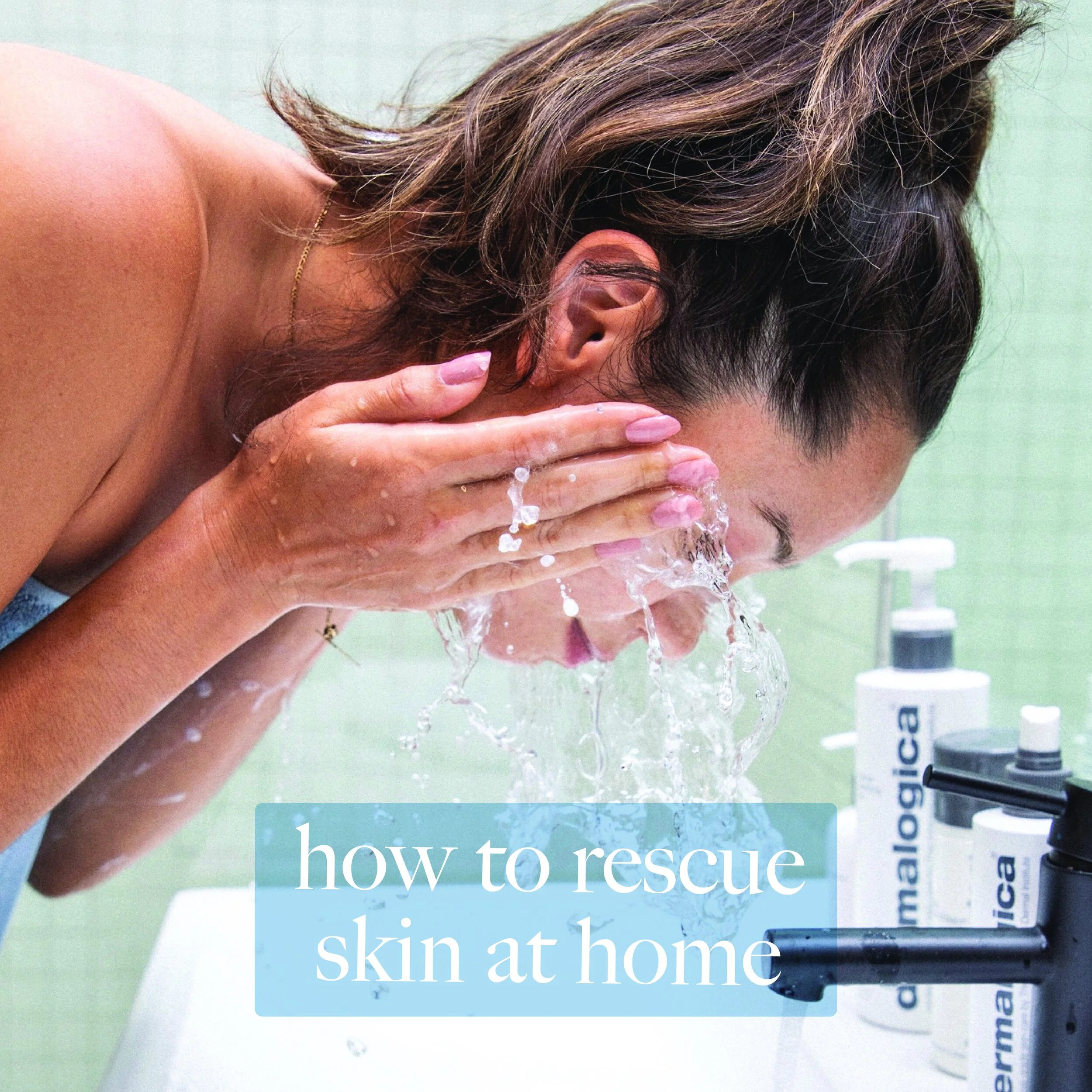Choosing the Right Sunscreen for Your Skin
There is no “Healthy” Tan
The outer layer of skin is called the epidermis. This layer contains melanin, which protects your skin and creates Vitamin D. A tan is your body's natural defense against exposure to UVA and UVB rays. When your skin is exposed to too much sun, it penetrates into the dermis (your inner layer) and it burns. This can cause skin cells to die, be damaged, and cause skin cancer. It damages and breaks down the collagen and elastin in the skin, which will cause premature aging. CG Wax Studio doesn't want this for you and your beautiful face. This is where sunscreen comes in to save the day!
Do I Need SPF 15, 30 or 50?
SPF 15 really isn’t enough coverage for a full day outside. It only blocks 97% of UV rays. This is a popular number for tinted moisturizers and foundations, but I don’t recommend this be your only protection from the sun. SPF 30 blocks 97% of sun rays while SPF 50 blocks 98%, so you’re not looking at a huge difference here at just 1%. I recommend choosing at least an SPF 30 for every day use and for outdoor activities.
There are Two Types of Sunscreen
Chemical sunscreen is a fantastic option for most people for daily use, and is easily mixed in with your moisturizer, or used after for full efficacy, and can be reapplied as directed when you're in direct sunlight. Active ingredients are typically oxybenzone, avobenzone, octisalate, octocrylene, homosalate, or octinoxate. It works by absorbing the sun’s rays and turning them into heat, which is why it’s not ideal for every person and every age.
Physical sunscreen is for all skin types from oily to sensitive. Sensitive skin types should use physical sunscreen because it doesn't heat the skin, and as anyone with sensitive skin knows, heat exacerbates redness and irritation. It's also the ideal option for babies over six months of age and children. It should be applied on top of a moisturizer and never mixed, and reapplied as directed. Active ingredients are typically titanium dioxide and zinc oxide.
Doesn't physical sunscreen leave a white film on the skin? Usually, yes! And this can be a messy problem. Thankfully, Dermalogica has solved this, and has released Invisible Physical Defense SPF 30. It's a very exciting innovation, because now all shades of skin can have reliable protection from the sun without a white residue left behind.
How Does it Work?
The key ingredient is ultra-sheer zinc oxide, which is a mineral or oxidized form of the metal zinc. With special technology, Invisible Physical Defense is formulated with non-nano zinc oxide that has been micronized (made into small particles) to blend easily onto the skin. Of course, this is Dermalogica, so it's also packed with other essential ingredients. There's Bioactive Mushroom Complex, which helps soothe skin and reduce UV-induced redness and dryness; Antioxidant Matcha Green Tea, which fights free-radical damage; Argan Oil, Tocopherol, and Bisabool to soothe the skin; and Sodium Hyaluronate to hydrate skin. It's completely free of chemical sunscreens, artificial colors and fragrances. And as always, gluten-free and vegan.
If you have any questions at all about sunscreen, ask me at your next visit. I can provide you with samples to try at home so you can see how each option feels on your own skin.





